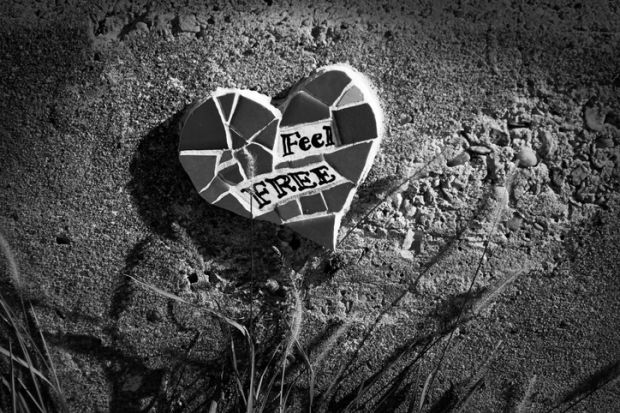Graffiti in the form of simplified wall writing is the most ubiquitous unauthorised aesthetic form produced within the built environment. In addition, it is almost universally unwanted, in part because of its cryptic messages and monochrome appearance. But looking away from graffiti and criminalising those who produce it has rendered its potential contribution to political dialogue silent.
Here, John Lennon helps to bring this blind spot into focus by highlighting some of the many forms of graffiti that have aided our collective understanding of place, people and politics. He provides a new and refreshing discussion about not only what graffiti actually is, but what it does.
For Lennon, graffiti is a bold display not merely of colour, but of messages evoking ideals, strife, conflict and even revolution. As he shows in this accessible and expertly researched monograph, graffiti has the power to educate those who take the time to read the writing on the walls. In addition to the romantic view of graffiti as artistic expression, graffiti is a window on to what the everyday inhabitants of a particular place have to say, what they think, what they desire and what they rally against, free from the pressures of profit-motivated actors and government censors.
Long before social media platforms became the place to post images and messages from those on the margins, it was city walls that played this role, a role that dates back millennia. And nothing has changed. Graffiti still provides the content about local and global conflict, while social media plays the role of disseminator to those near and far.
To bring this public aesthetic and democratic practice into focus for a contemporary and perhaps academic audience, Lennon offers a guided tour of the contemporary graffiti landscape. From a discussion of Banksy’s poignantly political and satirical murals on the Israeli separation wall, and discussions of home-grown cries for revolution written in Arabic script and glyphs, to case studies about remaking post-Hurricane Katrina New Orleans and gentrifying Detroit, Lennon surveys graffiti in a global context by providing many moments of local specificity. As he shows, graffiti is both the message and the medium when it comes to understanding the most marginalised yet consequential movements of today. With a keen and critical understanding of sociopolitical upheaval, Lennon relies on wall writing to educate his reader about what is taking place everywhere from the streets of Ferguson, Missouri to the medinas surrounding Tahrir Square.
But more than just a book about political movements and their many visual manifestations, Conflict Graffiti also provides a primer on the daily practice of inhabiting the public places that serve as incubators for social and cultural change. In this way, it is a text that sits at the intersection of the humanities, social sciences and the arts, a site from which Lennon provides inroads into a much-needed interdisciplinary discussion of graffiti as more than, as he puts it, “ahistorical clickbait”.
Far from fetishising the superficiality of “graffiti art”, Lennon shows that graffiti in its rawest and boldest form is a universal text that has been waiting to be read by more than those “street art” aficionados who are already in the know. Conflict Graffiti provides that much-needed lesson for a whole new audience.
Stefano Bloch is assistant professor of cultural geography at the University of Arizona and the author of Going All City: Struggle and Survival in LA’s Graffiti Subculture (2019).
Conflict Graffiti: From Revolution to Gentrification
By John Lennon
University of Chicago Press, 304pp, £71.94 and £22.51
ISBN 9780226815664 and 9780226815695
Published 7 March 2022
Register to continue
Why register?
- Registration is free and only takes a moment
- Once registered, you can read 3 articles a month
- Sign up for our newsletter
Subscribe
Or subscribe for unlimited access to:
- Unlimited access to news, views, insights & reviews
- Digital editions
- Digital access to THE’s university and college rankings analysis
Already registered or a current subscriber? Login








